
As Criterion helps put the finishing touches to Star Wars Battlefront II, former creatives look back at one of the studio's legendary racers
The wide autobahn sweeps through a valley and heads up into the mountains, past snowy firs and rocks and towards the peak and then it heads back down, under a towering viaduct, through a modern city and back again, ready for another lap.
Burnout 3: Takedown‘s Alpine track is a blistering trip through the Bavarian Alps, a thrilling ascent and descent along a road built for speed. It’s a track of wild winter crags and old castles and also high-tech bridges and highway toll booths, and huge corners that beg to be drifted through.
It was created by just one artist, Chris Walley, at developer Criterion Games. Released in 2004 for PlayStation 2, it was made at a time when just one person could build every aspect of a track, from the texture of the road surface to all the sights that zip past.
How a woman going into labour inspired the track
And it was inspired by a taxi journey director of design Alex Ward took to Munich’s airport while promoting Burnout 2. Just after setting off, the driver took a call and learned his wife was in labour. “I said, ‘But I need to get to the airport!’ And he said, ‘If I drive really really fast, could you put your seatbelt on? This is going to be a hot diesel drive.’ He floored it.”
When they arrived at the terminal, the driver refused payment and wheel-span away. It was enough to make Ward, who co-runs Danger Zone developer Three Fields Entertainment, really want Burnout 3 to have an autobahn.
Burnout has always been about speed, and your attention during a race is almost entirely fixed on the vanishing point so you can react to oncoming traffic and turns. And Burnout 3 was the fastest in the series so far. The first car you have access to is faster than Burnout 2’s speediest rides, and by the end of the game you’re driving Formula One-style racers.
Indiana Jones and Cinderella inspired the track side details
Tracks had, therefore, to get across their sense of place very quickly, whether the Californian forests or a Hong Kong cityscape. “In my track there’s a bunch of stuff that you associate with alpine locations,” says Walley, who now runs his own studio, Escapist Games. For example, the familiar-looking mountain in the bend just after the toll booths is based on the Paramount logo. “Everyone’s quite familiar with that mountain at the beginning of Indiana Jones, so that’s the reference I used,” he says.
It’s not the only use of an icon on the track: its castle is based on Disney’s Cinderella Castle, which in turn is partly based on Neuschwanstein Castle in Bavaria. “It’s completely peripheral because generally you are just playing the game and trying not to crash. But you’re surrounded by these themes and you’re soaking it up subconsciously.”
The visual tricks that emphasised Burnout’s need for speed
But while Burnout is fast, getting the sense of its speed across was still a challenge. That’s because the roads are twice as wide as they should be.
“The tracks are built around how the cars slide,” says Ward. “A bad racing game is one where you bounce around the walls all the time, so we had to get the sliding right and once you’ve got a handle on that you can make nice tracks. They have to be really wide, much wider than real life. You can’t dance through the traffic or light up the boost and chain it. You need a lot of space.”
“But when you make things twice as big, suddenly you lose the speed, so we had to make the cars twice as fast,” says Walley.
That wasn’t the only fix. The roadsides are also thick with detail – lampposts, trees, billboards and buildings – so they flash by, and the team also made the camera wide-angled. This has the effect of increasing the sense of movement in your peripheral vision while making things in the centre of the view appear smaller and rush towards you faster. And when you boost, the view gets even wider. “Boosting doesn’t add that much speed, only 10% or something, but it doesn’t feel like it, it feels like you’re going another 50 per cent faster,” says Walley, busting your understanding of the whole game.
And then there’s its buttery-smoothness. Burnout 3 runs at 60 frames a second (at least on NTSC TVs). “The arcade racing games did it, and we were one of the only teams stupid enough to do it on PS2,” says Ward. “The only others were Namco’s Tekken team. Why is that? Because it’s really technically challenging.”
To achieve this target while also presenting long and exciting tracks that would look better than its competition, particularly Need for Speed, Criterion had to push the PS2 to its limits. It developed techniques that would draw the bare minimum for any frame and that would stream the geometry of the track from the DVD as you drive around the track to make best use of the console’s memory.
Burnout 3: Takedown’s legacy
At the same time, Burnout 3 was Criterion’s first game for Electronic Arts, and they wanted to impress. “We wanted to prove to EA that we were one of the best PS2 teams on the planet,” says Ward. In turn, EA expected the very best from the studio, always pushing for more: crashes with more sparks. The push worked: just before Burnout 3’s release, EA bought the studio.
It’s still easy to see why EA liked Burnout 3: Takedown. It’s as exciting to play now as it was then, with its formula of long and dynamic tracks, iconic scenery and wide turns leading to thrilling racing. And Alpine is still where it all comes together: the mountains, a city and the long autobahn sweeping through them.
Read more in the Classic Levels Deconstructed series
- Crash Bandicoot’s N.Sanity Beach – Naughty Dog co-founder Jason Rubin and Vicarious Visions game director Dan Tanguay on the perfect first level
- Horizon Zero Dawn’s thrilling Redmaw battle - Lead quest designer David Ford and machine design lead Dennis Zopfi talk the ultimate machine hunt
- The beautiful brutality of Doom’s Lazarus Labs - creative director Hugo Martin and game director Marty Stratton on one of the PS4’s shooter’s best levels



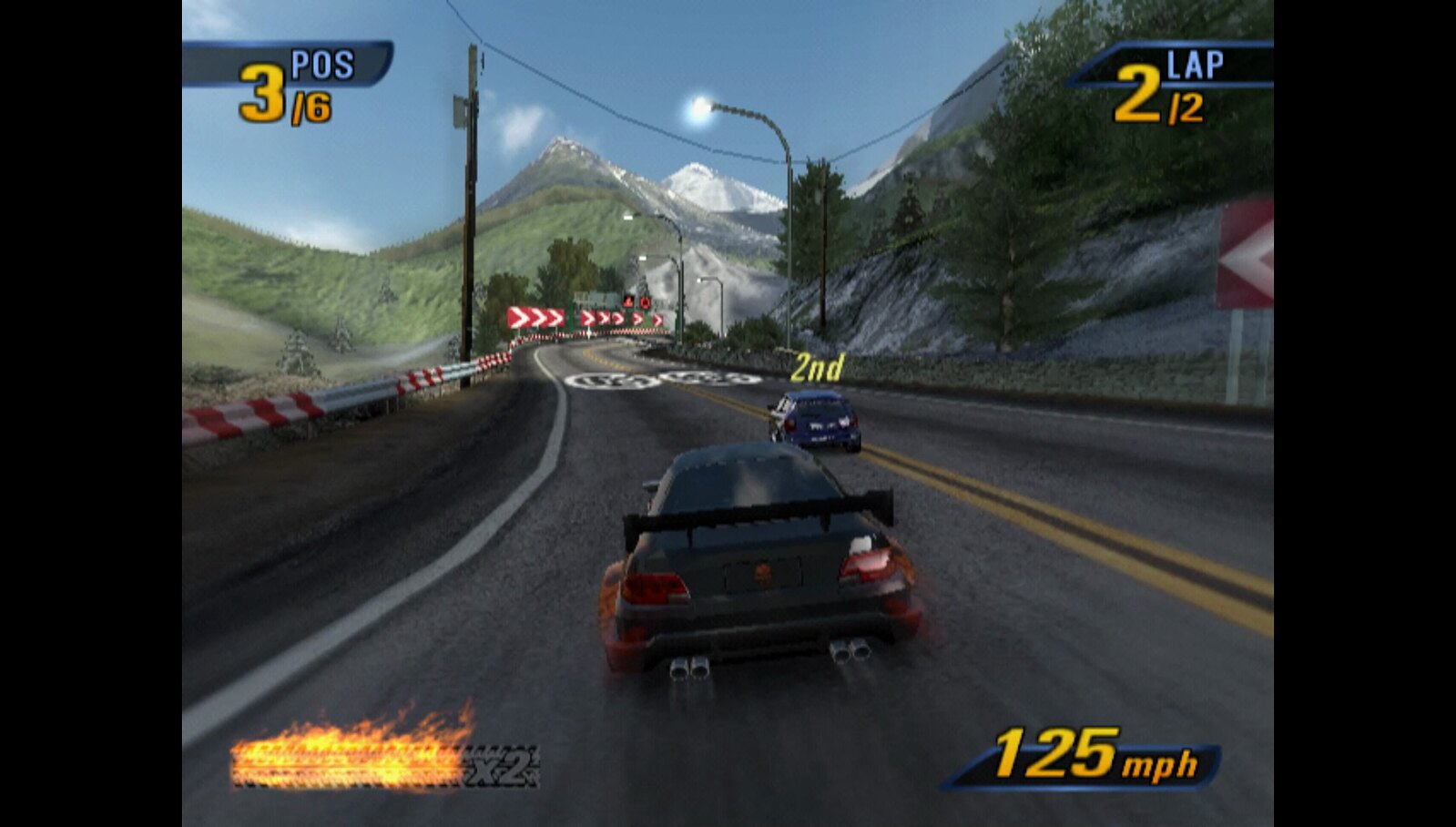
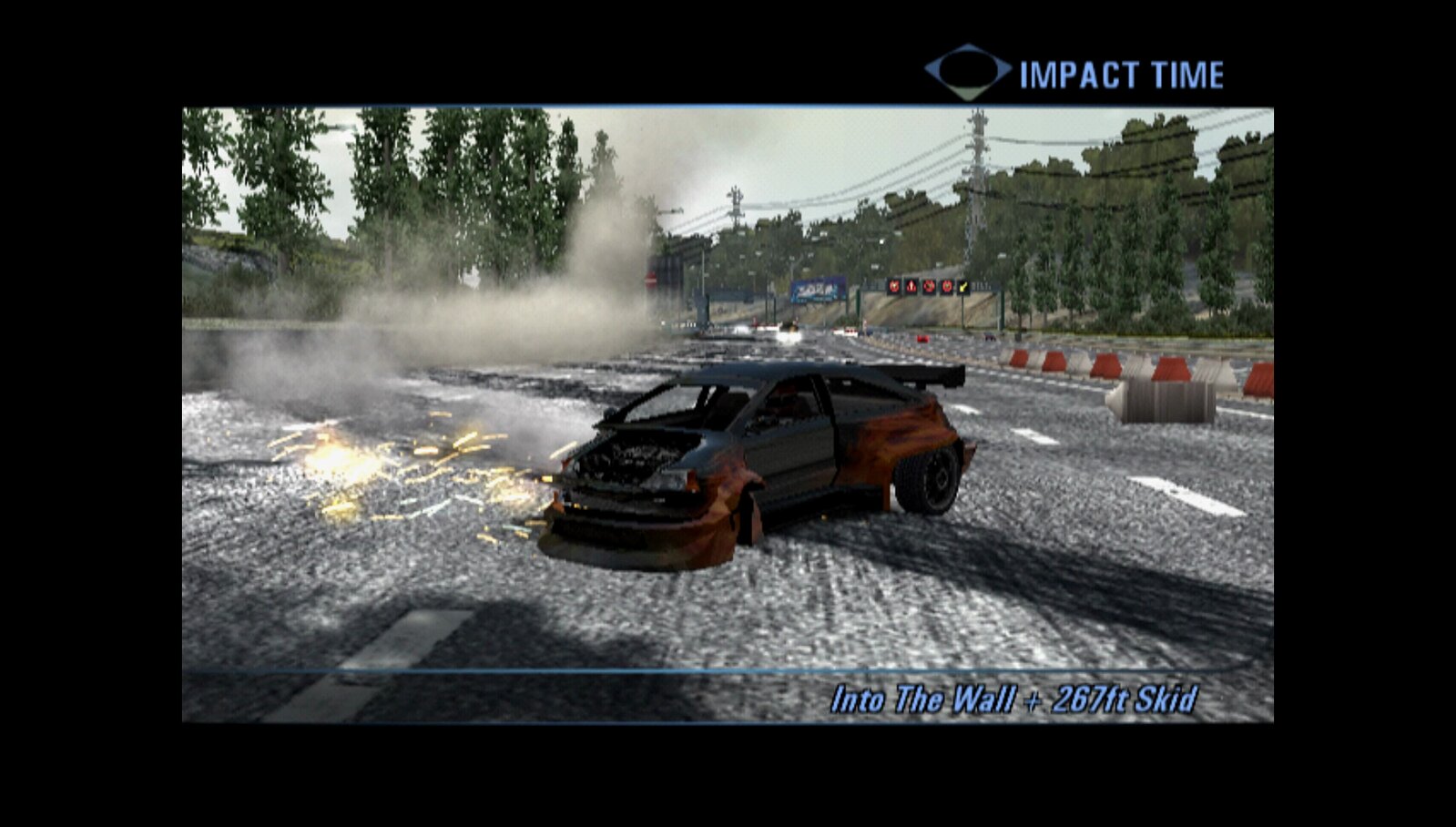
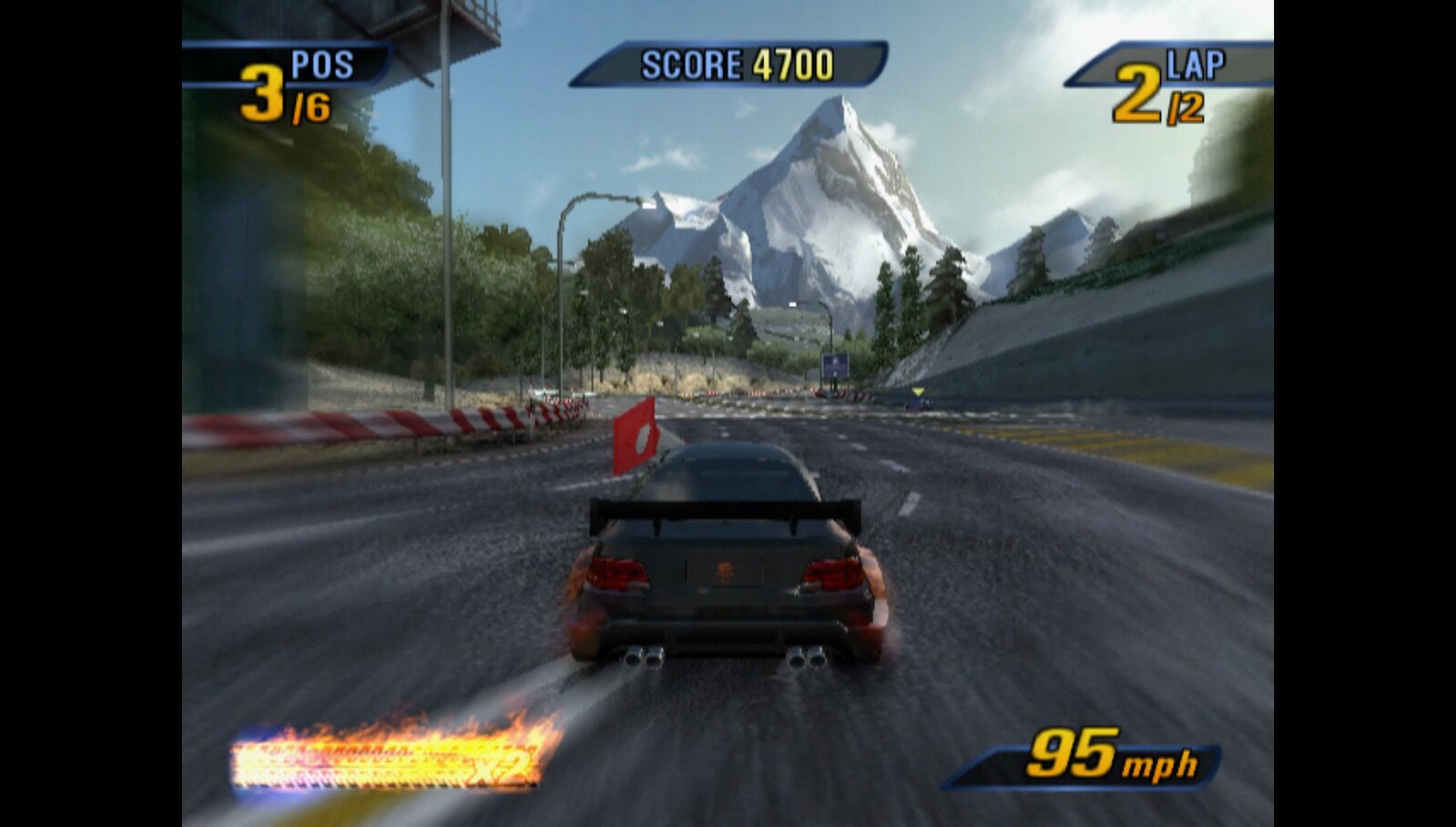

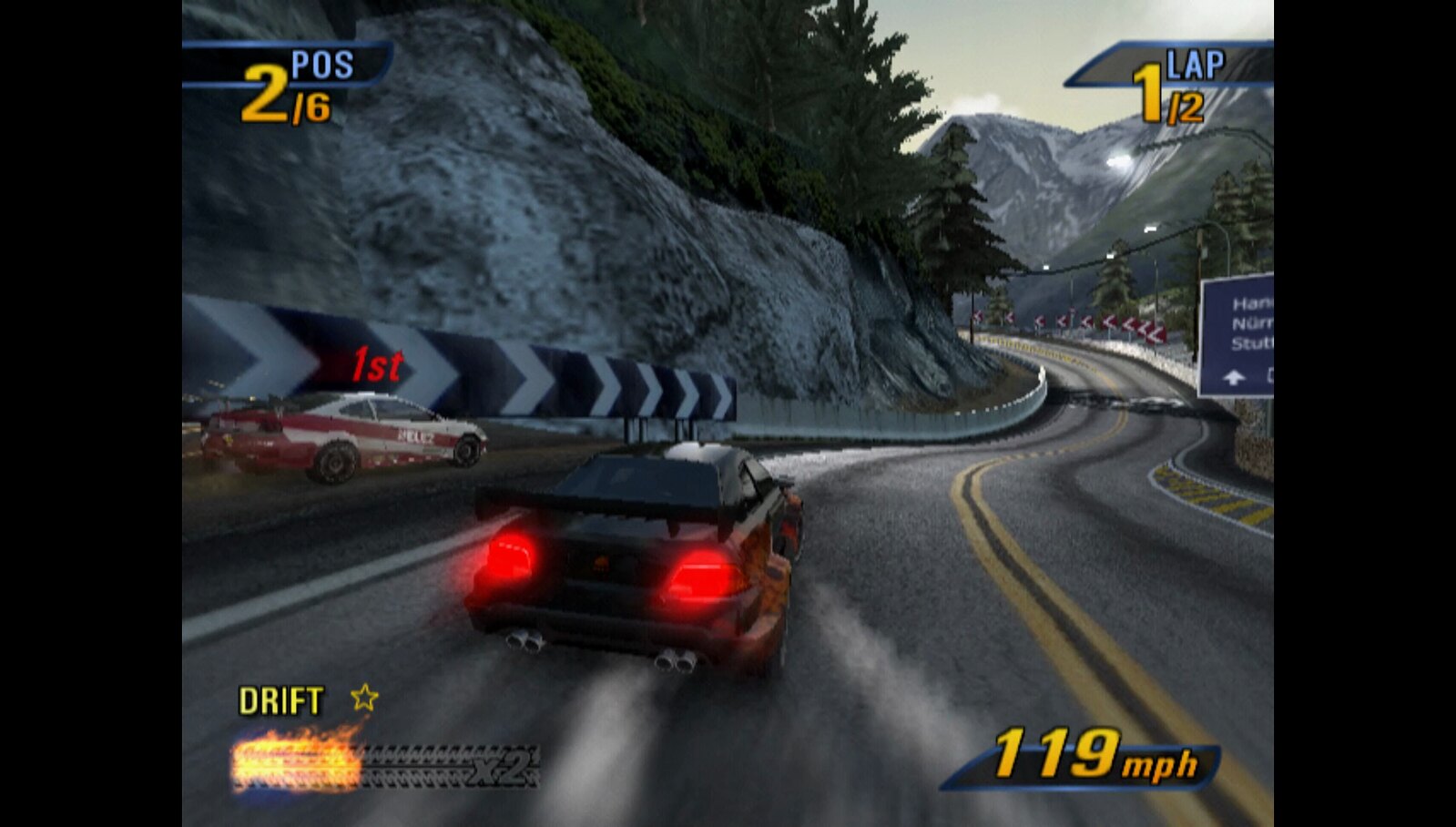

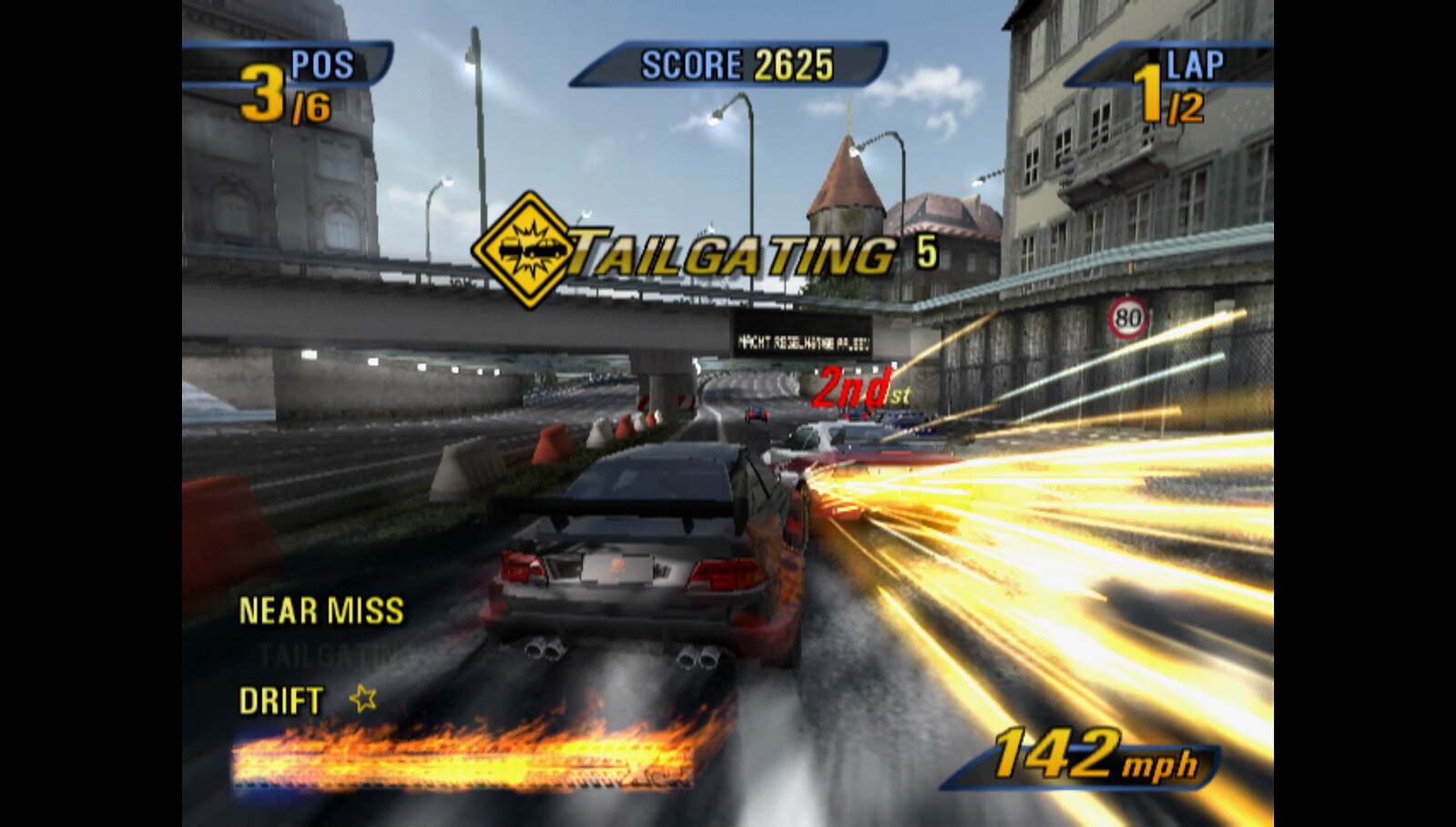



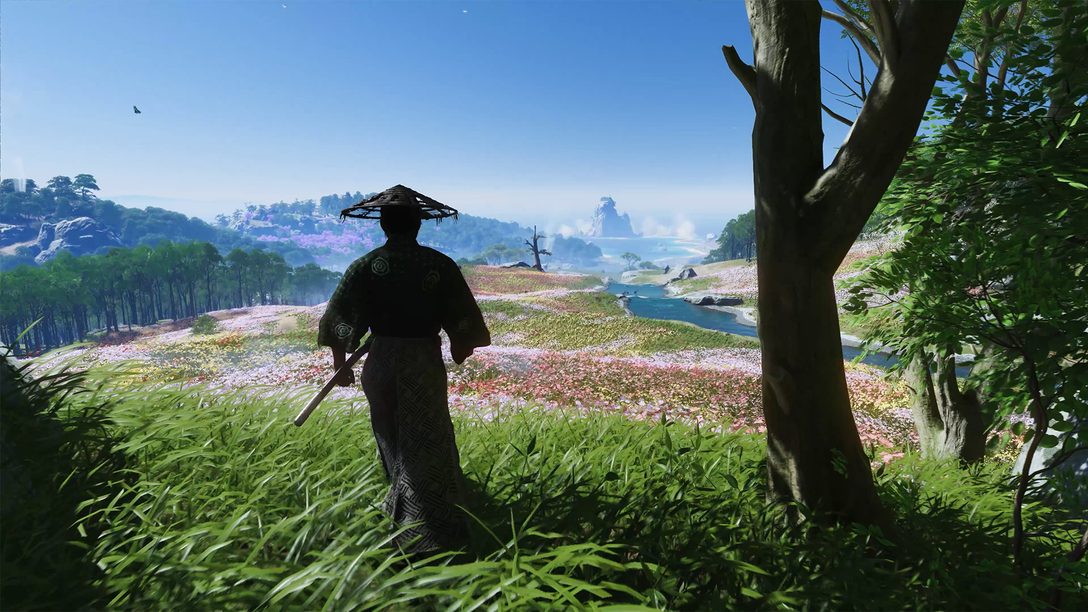
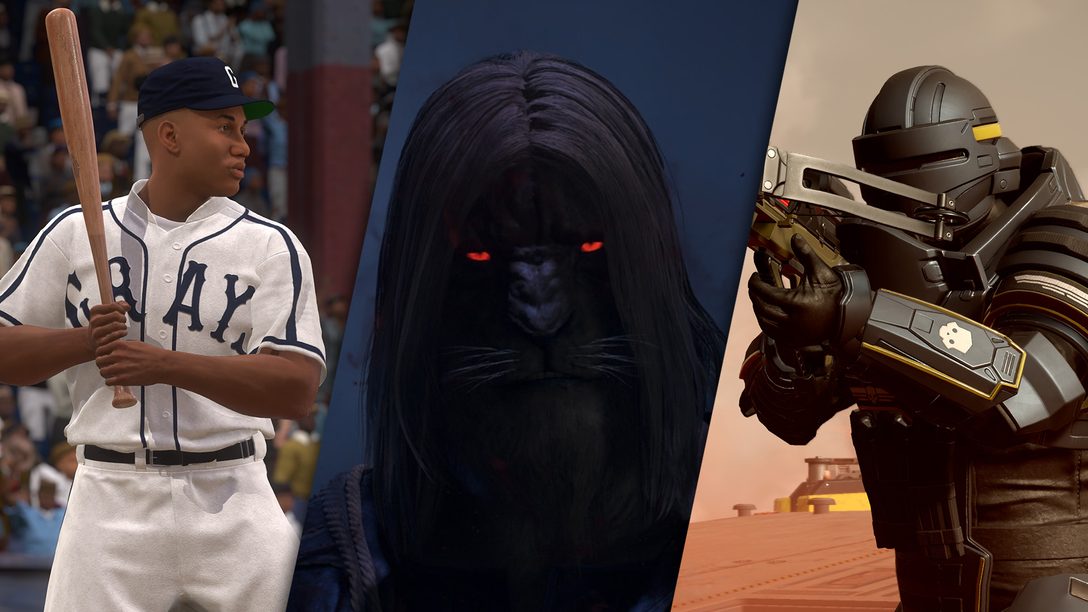




Join the Conversation
Add a CommentBut don't be a jerk!
24 Comments
Loading More Comments